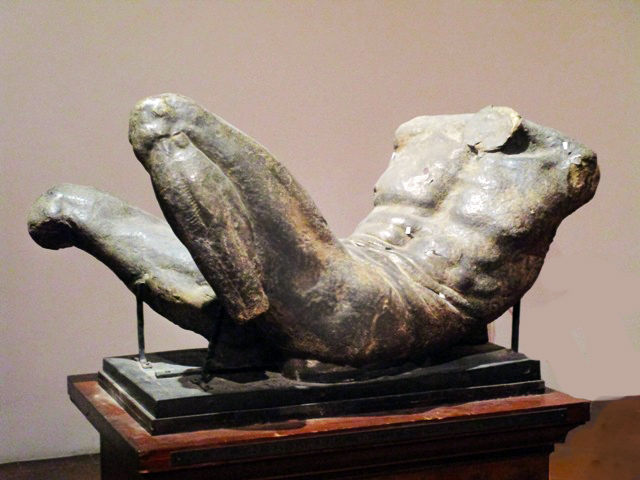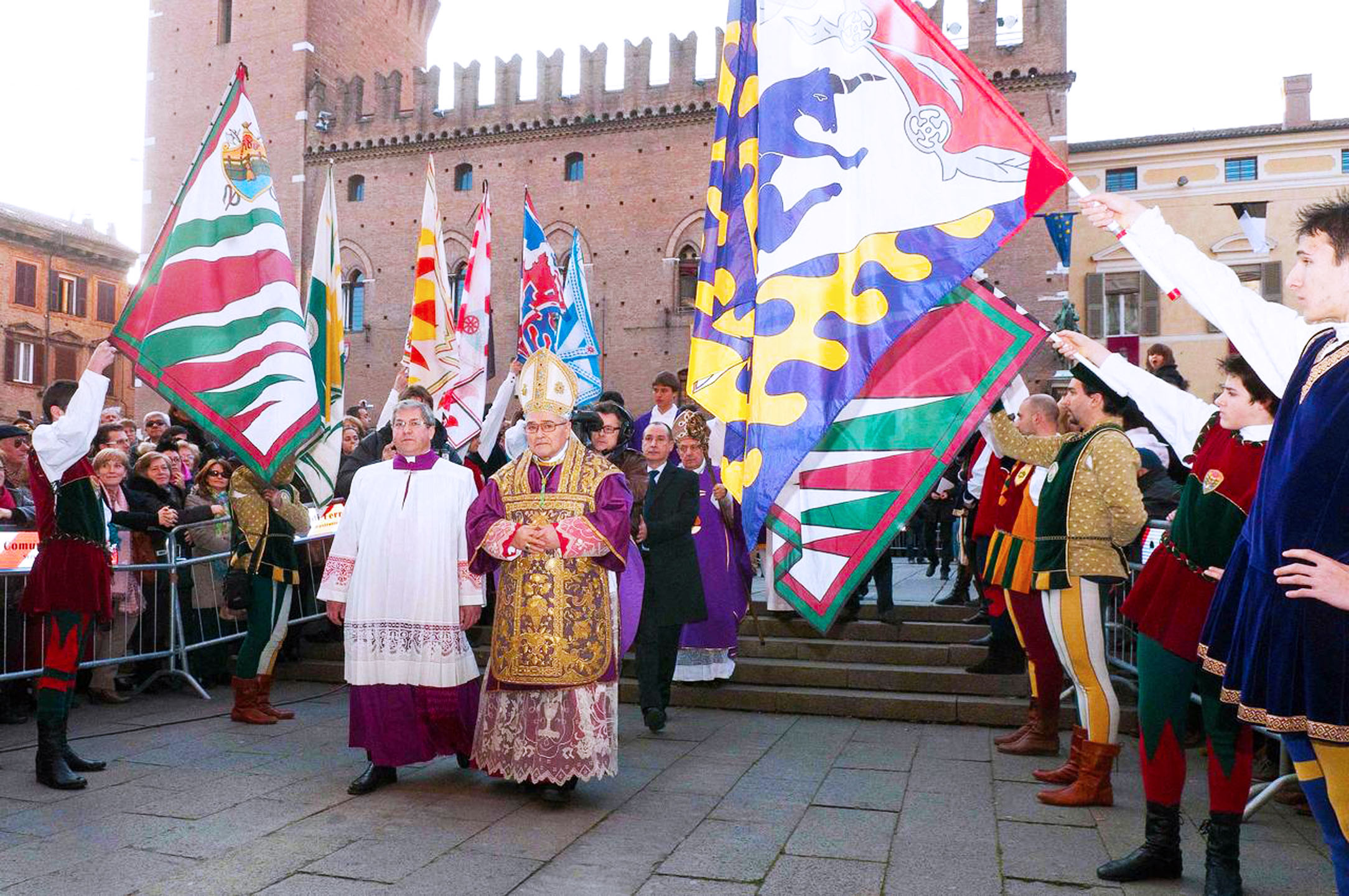The Friends of Florence has announced that six seminal artworks from the Italian Renaissance, meticulously restored with their support, will be featured in a major exhibition at the Palazzo Strozzi in Florence, Italy. The exhibition – The Cinquecento in Florence from Michelangelo and Pontormo to Giambologna, has just opened and the paintings will be on view until January 21, 2018.
Comprising 70 paintings and sculptures, the exhibition was organized to illuminate what Giorgio Vasari (1511-1574) called “the modern manner” juxtaposed with the dictates of the Counter-Reformation. The influence of Francesco I de’ Medici (1541-87), one of the greatest figures in the history of courtly patronage of the arts in Europe, is also examined.
On loan from museums and churches in Florence, some of which have also benefited from Friends of Florence support for conservation and restoration, the six masterworks include Pontormo’s (1494-1557) iconic Deposition (1525-8) from the Church of Santa Felicita; Agnolo Bronzino’s (1503-72) stunning Immaculate Conception (1570-2) from the Church of Santa Maria Regina della Pace; River God (1526-7), a rare clay study by Michelangelo (1475-1564); Giambologna’s (1529-1608) bronze Crucifix (1598) from the Basilica of Santissima Annunziata and two richly detailed paintings by Alessandro Allori (1535-1607) from the Basilica of Santo Spirito.
Simonetta Brandolini d’Adda, co-founder and president of Friends of Florence, said, “Having these six works featured in this historic presentation of Florentine masters is a dream come true. Whereas a key focus of the work we do is to restore and safeguard irreplaceable Tuscan treasures, our twin goal is to make them available to the public both where they are regularly installed and through loans to venerable institutions like the Palazzo Strozzi. We remain eternally grateful to our devoted supporters, many of whom are based in the U.S. and the teams of specialists at Florence’s esteemed restoration laboratories.”
“Pontormo’s Santa Felicita Deposition is an absolute masterpiece in the history of art and is going to be one of the most important works loaned to Palazzo Strozzi for its Cinquecento in Florence exhibition,” said Arturo Galansino, Director General of the Fondazione Palazzo Strozzi. “The Friends of Florence’s outstanding contribution to its restoration, with the crucial cooperation of the Soprintendenza Belle Arti e Archeologia di Firenze, Prato e Pistoia, returned the painting to its pristine splendor and allows Palazzo Strozzi’s visitors to admire it in the context of a unique exhibition.”
Incorporating Biblical figures from the Old and New Testament, Bronzino’s Immaculate Conception was among the artist’s last works. Left unfinished, it was completed by his workshop. The restoration team preserved the freshness of the piece; the preparatory elements remain visible in some areas and robust brushstrokes are evident in others.
River God, a rare preparatory rendition of a human torso by Michelangelo, is made of raw clay and fiber on a wooden base. It was intended to be used as a reference model for the artist’s collaborators and to garner approval from customers prior to creating the marble sculpture. The finished work was to be placed at the base of a Medici tomb in the Church of San Lorenzo but was never completed in marble. The sculptord Bartolomeo Ammannati (1511-92), gave it to the Accademia delle Arti del Disegno in 1583. Since 1965, the work has been part of the Casa Buonarroti collection. It was selected three years ago for a complex process of restoration funded by Friends of Florence so that the fragile piece could be stabilized.
Giambologna’s majestic, life-sized Christ resides in one of the main chapels in the Basilica of the Santissima Annunziata, designed and executed by Giambologna and including his own funerary monument. The six bronze reliefs in the Chapel were also restored by Friends of Florence.
The comprehensive restoration of Allori’s Christ and an Adulteress (1577), which was initiated and completed for this exhibition and St. Fiacre Healing the Sick (1596). The latter painting was commissioned by Christina of Lorraine, the wife of Ferdinando I de’ Medici, who was a great devotee of St. Fiacre.
Focusing on the second half of the 16th century, The Cinquecento in Florence is the last of three exhibitions organized by Carlo Falciani and Antonio Natali at the Palazzo Strozzi, preceded by Bronzino in 2010 and Pontormo and Rosso Fiorentino in 2014.





